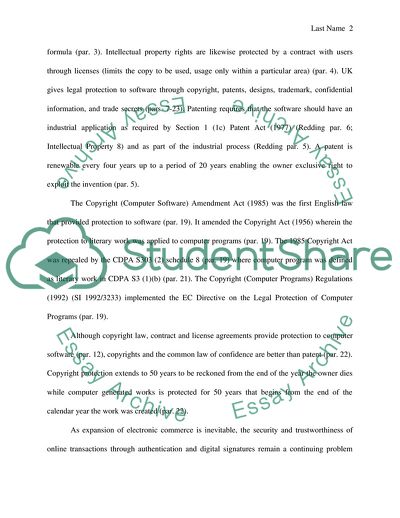Cite this document
(Effect of Software Technology and Electronic Transactions Assignment, n.d.)
Effect of Software Technology and Electronic Transactions Assignment. https://studentshare.org/e-commerce/1716966-e-law
Effect of Software Technology and Electronic Transactions Assignment. https://studentshare.org/e-commerce/1716966-e-law
(Effect of Software Technology and Electronic Transactions Assignment)
Effect of Software Technology and Electronic Transactions Assignment. https://studentshare.org/e-commerce/1716966-e-law.
Effect of Software Technology and Electronic Transactions Assignment. https://studentshare.org/e-commerce/1716966-e-law.
“Effect of Software Technology and Electronic Transactions Assignment”. https://studentshare.org/e-commerce/1716966-e-law.


